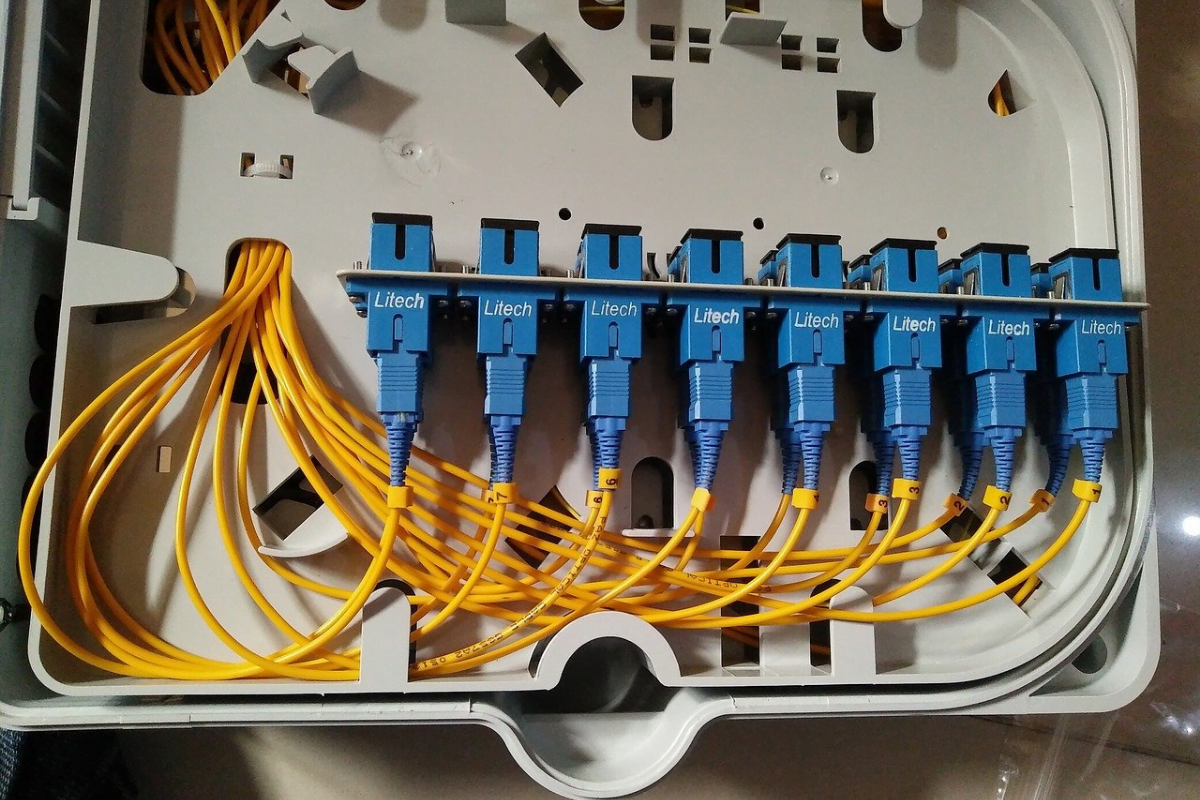The age of fiber optic cable is here. In case you were wondering why the fiber optic cable is the fastest or how it works, we have got you covered with all the answers. First of all, a fiber optic cable is made up of two main components, a) the core and b) the cladding. These two components work together for creating an overall internal reflection to pass the light signals at rapid speed.
Functioning of Fiber Optic Cable Explained
With the help of total internal reflection created by the two components mentioned above, light can travel down the fibers without escaping. At a shallow angle, the light enters the glass reflecting against a mirror which then bounces back again. What happens then is that Cladding takes the light in the center as there is a particular optical density in the glass. The light keeps on moving through the fiber optic cable by bouncing off the cable repeatedly. This continues, and each light particle jumps down the pipe at a rapid speed. Both the cable and the glass framework is critical to the functioning of the fiber as it is through the center of the cable from where the light beam passes while another layer of glass is wrapped around (cladding) for keeping the light signals within the fiber optic cable.
Different Kinds of Fiber Optic Cable Connections
There are three different kinds of fiber optic cable connections - FTTH (fiber-to-the-home), FTTB (fiber-to-the-building), and FTTO (fiber-to-the-office). The FTTH is a connection suitable for individual homes or premises. FTTB is the kind of connection where the fiber line is transmitted through copper cables in the building. It is suitable for buildings such as apartments or schools. Lastly, FTTO is the kind of connection that is suitable for business needs. In such a connection, the internet service provider (ISP) passes a dedicated line to your office or home, which will be very reliable and secure for getting internet services.
